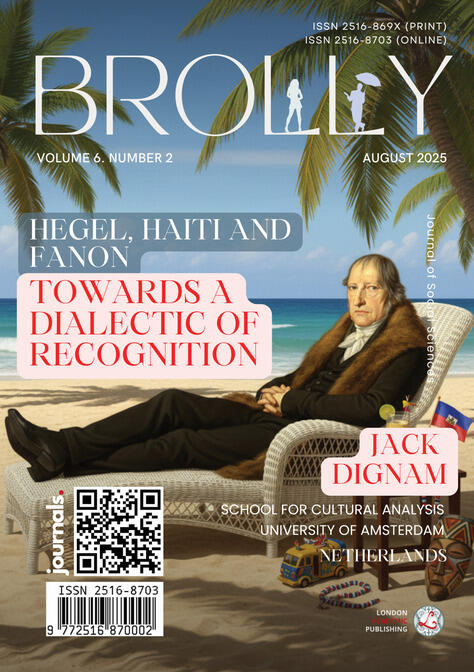
Cross-Linguistic Perspectives on Dyslexia: Exploring Chinese-English Differences and the Implications for Mainland China
Cross-Linguistic Perspectives on Dyslexia: Exploring Chinese-English Differences and the Implications for Mainland China
by
Abstract
Dyslexia is a disorder/condition characterised by challenges in learning to read. It is usually considered to have a universal biological basis. However, this view was challenged by comparing areas of brain activity in Chinese and English dyslexia through functional magnetic resonance imaging (fMRI) (Siok et al. 2004, 71). This paper explores the differences in dyslexia performance between different language systems. The findings suggest that, in addition to biological factors, sociocultural and economic factors significantly influence dyslexia. Furthermore, this paper reviews the current methods used to identify dyslexia and the interventions being implemented across different regions of China. At present, research in Mainland China remains in the developmental stage. Hence, this paper offers some recommendations for language policy and educational practice with the aim of creating a more inclusive education system that can effectively support every learner.



